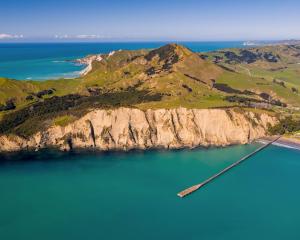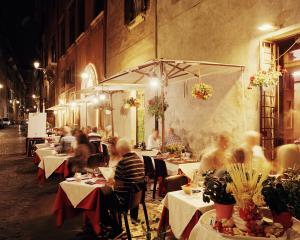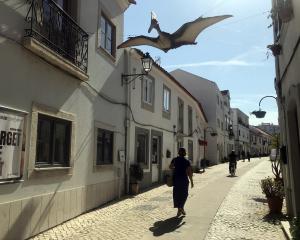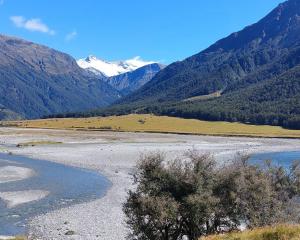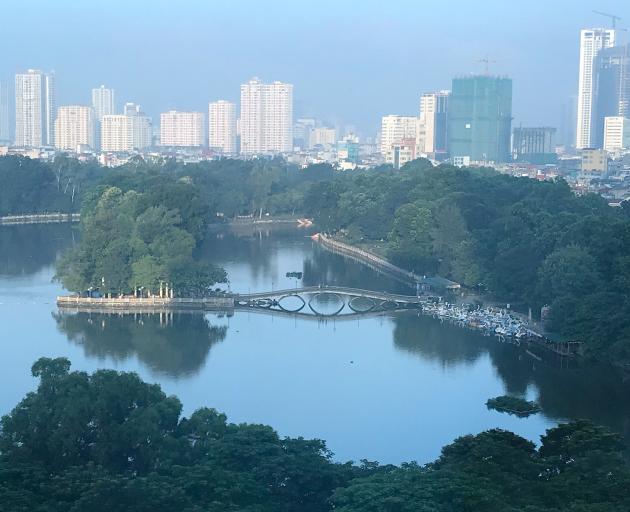
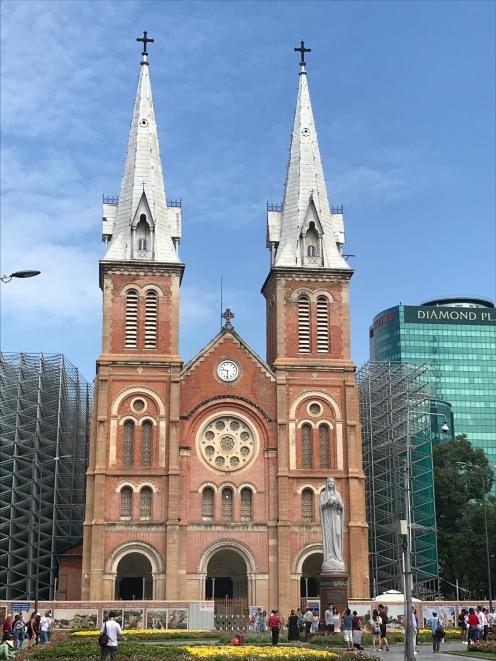
Vietnam had long been on my bucket list and an ad on the travel pages of the Otago Daily Times prompted me to take action.
The 10-day Sinorama tour looked good value for money, even with the single supplement for travelling on my own and charges for optional tours, so I booked in June for a mid-September departure.
The air tickets arrived promptly and I was a little surprised to be travelling with Taiwan's China Airlines, meaning a rather convoluted journey to the former North Vietnamese city, Hanoi, rather than on Air New Zealand's direct service to Ho Chi Minh City (formerly Saigon).
The itinerary was another matter. With no sign of it less than a week before departure, I phoned Sinorama's Auckland office. There had been problems at the Vietnam end, I was told, and assured that everything would be with me within two days. It was, but maybe I should have realised something wasn't quite right. I stopped fretting, grabbed a guide book from the library and practised saying xin chao (hello) and cam on ban (thank you), as much Vietnamese as I could handle.
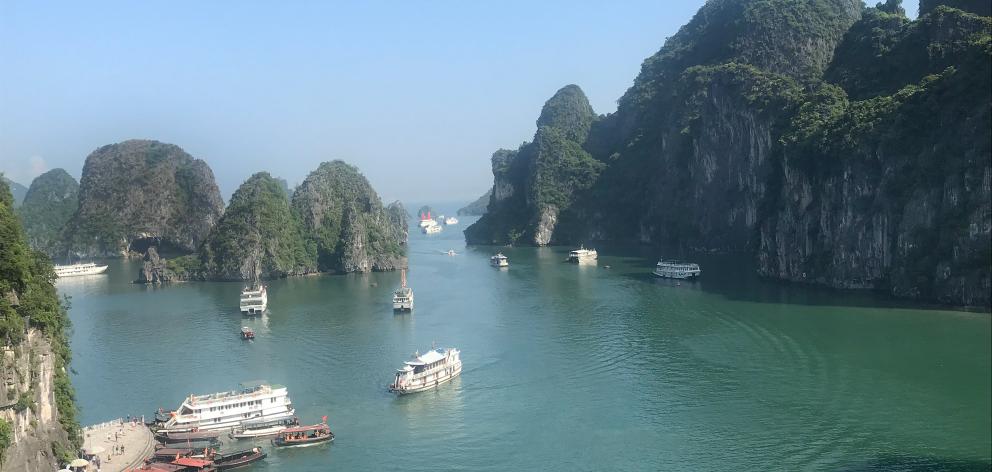
There was no Sinorama rep at the airport to see our group on its way, so it wasn't until shortly before we landed in Hanoi that an Aucklander opposite me asked if I was on the group tour. She was travelling with three friends and the five of us were met by our tour guide and taken to our hotel, the five-star Daewoo Hanoi. I had a room looking out over the swimming pool and a lake and decided this was my kind of holiday.
Our group braved a congested road to cross to the Lotte Tower. The attraction was not the impressive array of well-priced clothing and shoe stores but the observation deck on the 65th floor for an overview of the city.
The next morning, we were joined by two couples, bringing our group to nine. Apparently, we were on Sinorama's first venture into Vietnam after a history of successful Chinese and Japanese tours. Little did we know it was to be their last.
Our overview of the city featured a visit to Ho Chi Minh's Russian-style mausoleum where the embalmed "Uncle Ho'' is on show in a dimly lit area guarded by immaculate military who shush even the slightest whisper. The raucous Sistine Chapel at the Vatican could take lessons, I thought.
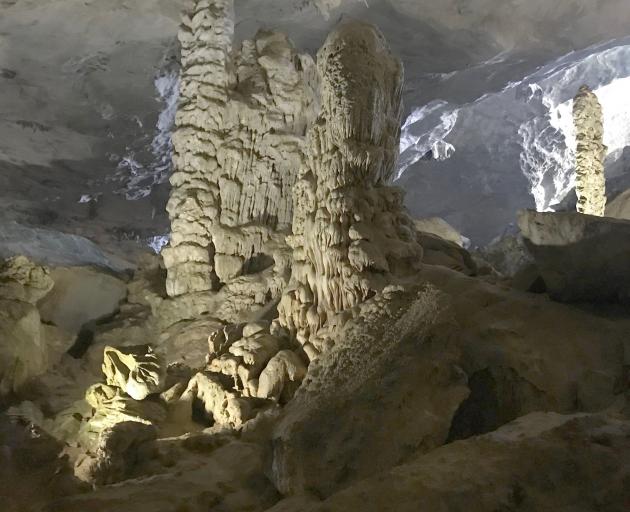
A three-hour bus journey from Hanoi is one of Vietnam's top tourist attractions, Halong Bay, where we stayed overnight on the water. The food was good and I tried local oysters, confident the Communist Government's clean-up of Halong Bay by removing the renowned floating villages had reduced the risk of sewage-related vibrioisis bacteria.
In the morning, a small boat took us to Hang Sung Sot, a massive cave complex filled with stalactites (the ones that drip downwards) and stalagmites. Guides delight in using laser pointers to show ones resembling Buddha if you stretch the imagination, but I pretended not to understand when "Man in the morning'', a vast phallic symbol spotlit in pink, was pointed out.
On to Ho Chi Minh City, which locals still call Hanoi, to another five-star hotel, the Grand Saigon, a 1930s, property in French colonial style, a reminder that Vietnam was part of French colonial Indo-China.
A city tour was notable for a visit to the War Remnants Museum, whose nastiest exhibits are the "tiger cage'' where several Viet Cong were left in the sun in unimaginably cramped agony, and the French guillotine that was transported around the country to execute people, the last in 1969.
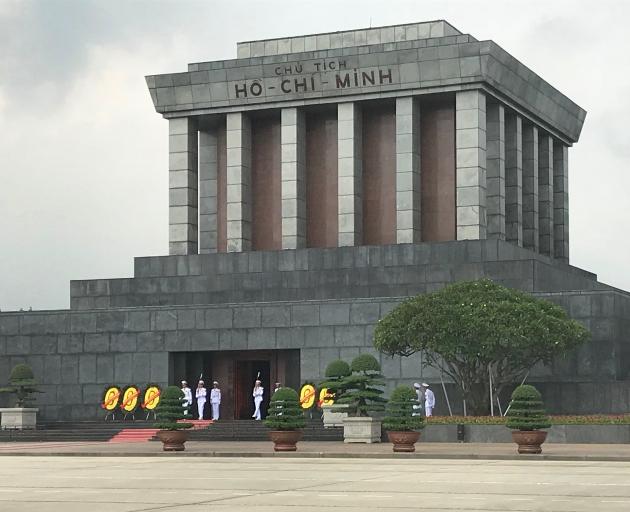
Back in New Zealand, things were going badly for Sinorama, which had gone into liquidation after the bankruptcy of its Canadian parent.
All tours from October 1 were cancelled, The New Zealand Herald reporting more than 1000 Kiwi and Australian customers left trying to recover some $2million paid to Sinorama for trips that would not go ahead. One couple from my group found their ground trips in Cambodia simply abandoned and are trying to recover their money.
The New Zealand liquidator said efforts were being made to get money from Canada. With 5000 North Americans chasing refunds, the outlook is bleak.
I was definitely one of the lucky ones.

